|
BLC graduate students Royce Earnest (Milwaukee) and Marisa Gomez (Madison) attended the 5th Biennial meeting of the Construction History Society of America in Austin Texas, May 26-28th 2016. The conference was attended by more than 100 architects, historians, preservationists, and engineers from the across the U.S. Read more about their papers below! Saarinen’s War Memorial in Milwaukee: A Case StudyRoyce Earnest Eero Saarinen’s War Memorial and Art Museum building in Milwaukee was one of his first commissions after Eliel’s death in 1950. The building opened in 1957, and it demonstrated Saarinen’s perceptive use of innovative structural forms and the expressive potential of concrete form in the modelled geometry of the piers and cantilevers. The work also showed an attention to civic and public social space more sensitively than other brutalist architecture. An addition in 1975 provided much needed space, but significantly changed the civic space and entry sequence, and considerably diluted the strength of Saarinen’s composition. Recently, the building has been largely overshadowed by Calatrava’s addition of 2001. Even before that, the Milwaukee building did not receive the attention of other examples of Saarinen’s work, overshadowed by major commissions like TWA and the MIT work. In spite of this lack of attention, the building was a significantly successful example of mid-century expressively brutalist architecture. It explored some of the motifs of Le Corbusier’s early work and predated some of the later explorations in concrete of Le Corbusier and Breuer. Earnest's presentation reviewed the design and construction of the original Saarinen building for Milwaukee, situating it both in the context of post-war monumental architecture and in the context of Saarinen’s oeuvre: The building’s design includes a major urban space and civic plaza connected to a central atrium space that was the intended entrance. This atrium is surrounded by four cantilevered boxes raised on polyhedral pilotis above the base (originally, the museum was in the base and the raised portions were offices for the veteran’s memorial). Unlike some of it brutalist peers, the building has remained popular and well regarded in Milwaukee. While the building is formally successful, it also demonstrates some of the technical challenges of concrete brutalism for thermal and moisture control. While the facility is undergoing its third major expansion of its sixty year history, this case study offers an opportunity to situate the building in its time as an example of post-war expressive concrete construction and as an example of a masterwork by Eero Saarinen.
This paper represents a portion of her dissertation research on the prefab home in America from 1930-1965, with a particular emphasis on how prefabricators refined and repackaged their product to increase sales in the immediate postwar years. The investigation follows the development of the panelized plywood house from the 1930s through the 1950s in order to uncover how market forces and government regulations dismantled the prefab movement’s early dreams. Drawing on contemporary studies of the housing industry published by government agencies and in architectural journals and business periodicals, she reveals that, although consumer resistance to prefab housing lingered, the logistics of selling the factory-made house—its distribution, merchandising, and financing—proved to be the industry’s biggest hurdle.
0 Comments
BLC Methods graduate Joanna Wilson and BLC co-director Anna Andrzejewski traveled to Elkader, Iowa this past weekend to document the historic Motor Mill Inn. Wilson and Andrzejewski are continuing a project begun by the Spring 2015 Methods class (see photos below). Students photographed and drew plans and elevations of buildings at the site, assisted by University of Utah emeritus professor and pioneer of vernacular architecture studies, Tom Carter. When completed, the drawings will be turned over to the Motor Mill Foundation. Read more about the foundation here.
For course descriptions and additional courses open to BLC Milwaukee students, visit Courses.
Benyamin’s dissertation, “Towards a (new) Objectivity: Photography in German Architectural Discourse 1900-1914,” addresses ongoing debates regarding the origins of the Modern Movement, by examining one moment in the much-contested relationship between architecture and photography. Her study carves out a critical space of inquiry within which architectural and photographic practices collide with increased velocity at the turn of the twentieth century. In so doing, her research expands the framework for re-evaluations of architectural modernism. Professor Benyamin has presented her work at several national and international conferences including the European Architectural History Network, German Studies Association, Society of Architectural Historians and ACSA. A recipient of numerous awards including an Andrew W. Mellon Foundation Grant, a Canadian Centre for Architecture (CCA) collection research grant, as well DAAD and Fulbright fellowships for her research in Germany, she is also the editor and translator of several books on architecture, including recently published monographs on Bernard Tschumi and Jean Tschumi. An essay on the work of artist Lara Almarcegui was published in an anthology in 2013, and an essay related to her doctoral work recently appeared in the Journal of Architecture. In the Spring 2016 semester, Dr. Benyamin will be leading a graduate seminar entitled "The Ghost of Content":
In her seminal essay on Conceptual Art, Lucy Lippard defines the de-materialization of the art object in the late 1960’s and early 1970’s through the lens of absence: abstraction in art making, she notes, “often resembles ruins… amalgams of past and future, remains of something ‘more’…” This seminar seeks to extend Lippard’s mode of analysis as a way of evaluating the role of architecture as a “ghost of content” in contemporary art practice. Using case studies from photography, sculpture, installation art and film, architecture as a formal and historical trope in fine art media is evaluated to ask the question: what can artists tell us about architecture that architects cannot? How can differences in disciplinary boundaries in art making and architectural design be illuminated by analyzing the latter through the former? This summer, Madison Art History PhD student Joanna Wilson traveled to Buena Vista, Ga. to participate in conservation work at Eddie Owens Martin's outsider-art landscape Pasaquan. Wilson, a graduate of the BLC's methods course in vernacular architecture and cultural landscapes, writes about her experience on the project - one of the largest art environment preservation initiatives Kohler Foundation has taken on - for the Center for Culture, History and the Environment's Edge Effects blog. You can read her notes from the field here.
For more about the Pasaquan's restoration, visit: http://www.kohlerfoundation.org/preservation/preserved-sites/pasaquan/ 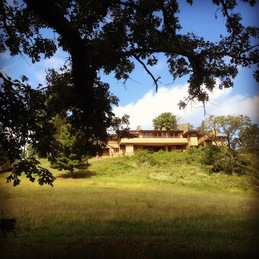 Ashley Cook, PhD Candidate in Art History at University of Wisconsin-Madison, has begun a 9-month fellowship at Taliesin Preservation, Inc. operated out of Frank Lloyd Wright’s historic estate in Spring Green, WI where she will be helping evaluate the tour program as well as working on various community outreach projects. The Public Humanities program is funded by the A.W. Mellon Foundation and is designed to bring upper level academic researchers in the humanities out into the community in an effort to bridge the gap between the academy and local businesses and non-for-profits. Taliesin Preservation, Inc. operates the tour program and visitor’s center at Taliesin and their mission is to preserve the historic home and surrounding buildings at Taliesin as well as to educate the public about Frank Lloyd Wright’s architecture and legacy. Ashley will be putting her research skills in the History of Art and Architecture to use in the hopes of giving back to her community. She also hopes to learn as much as she can about Frank LLoyd Wright’s architectural philosophy, techniques, and his fellowship during her time spent at Taliesin.
Nader took a break from research to backpack in northeastern Turkey, Georgia and Armenia for one month. Now returned to Milwaukee, he’s ready to get back to school!
|

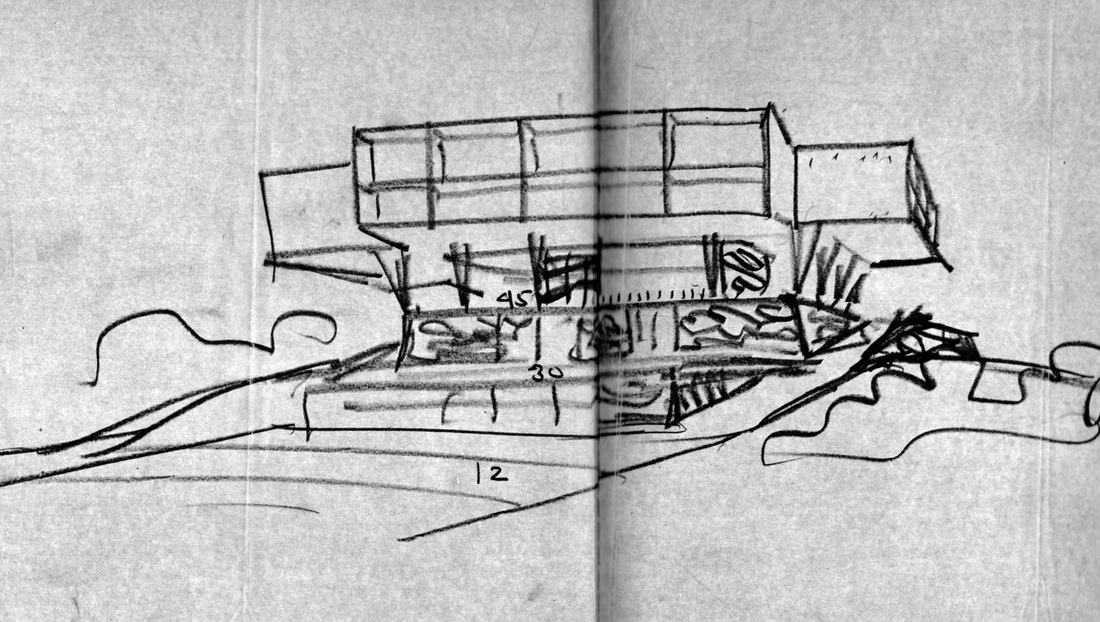
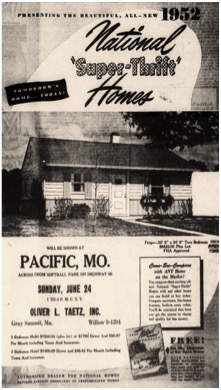
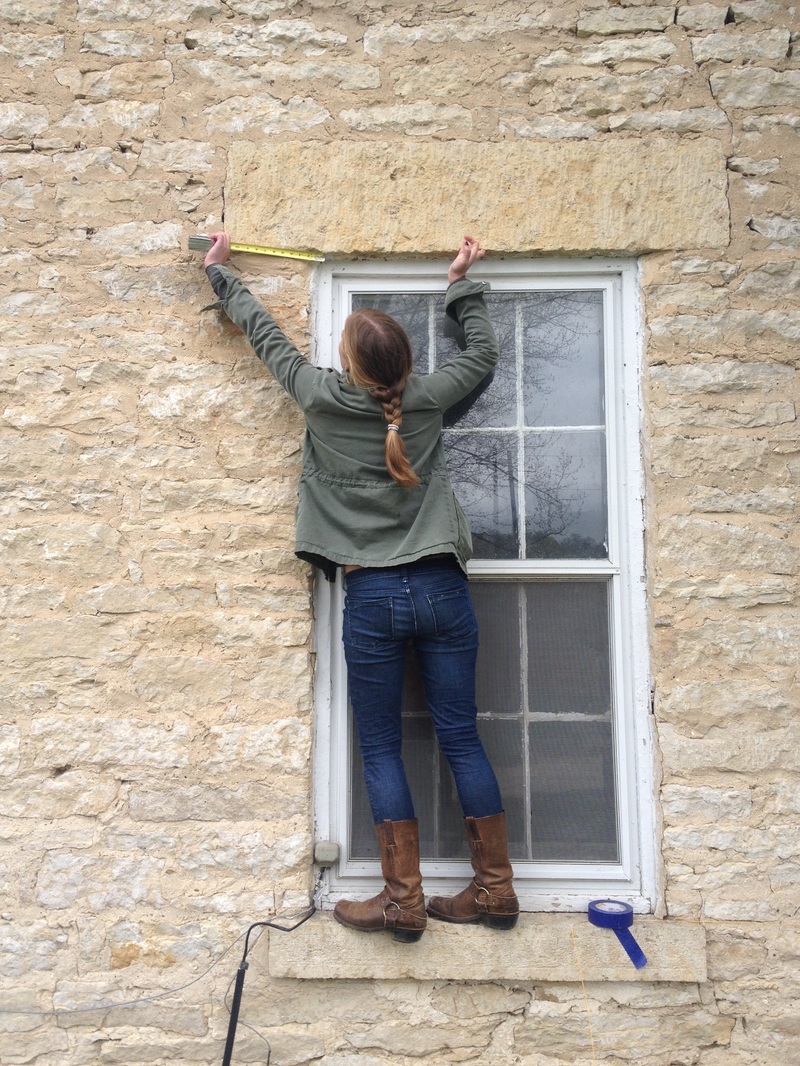
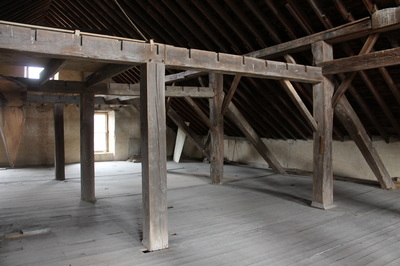
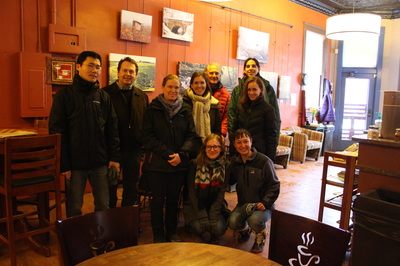
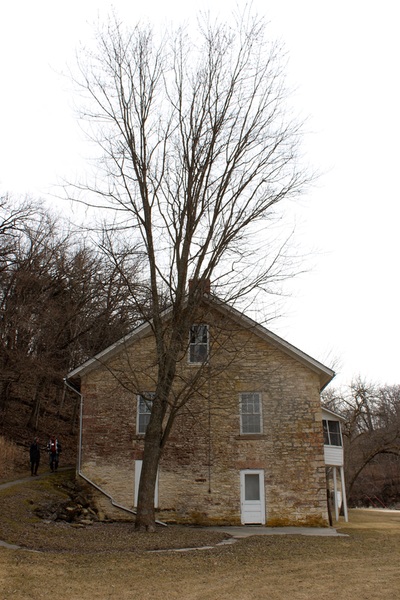
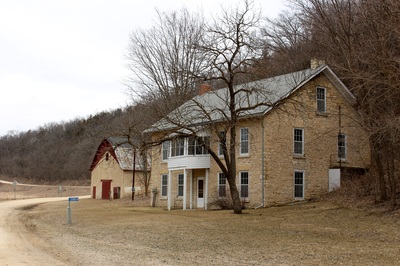
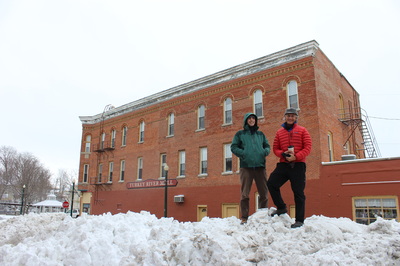
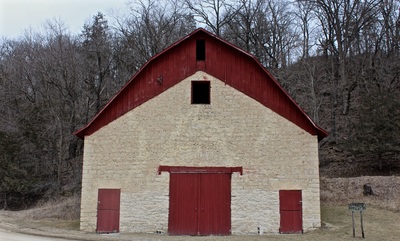
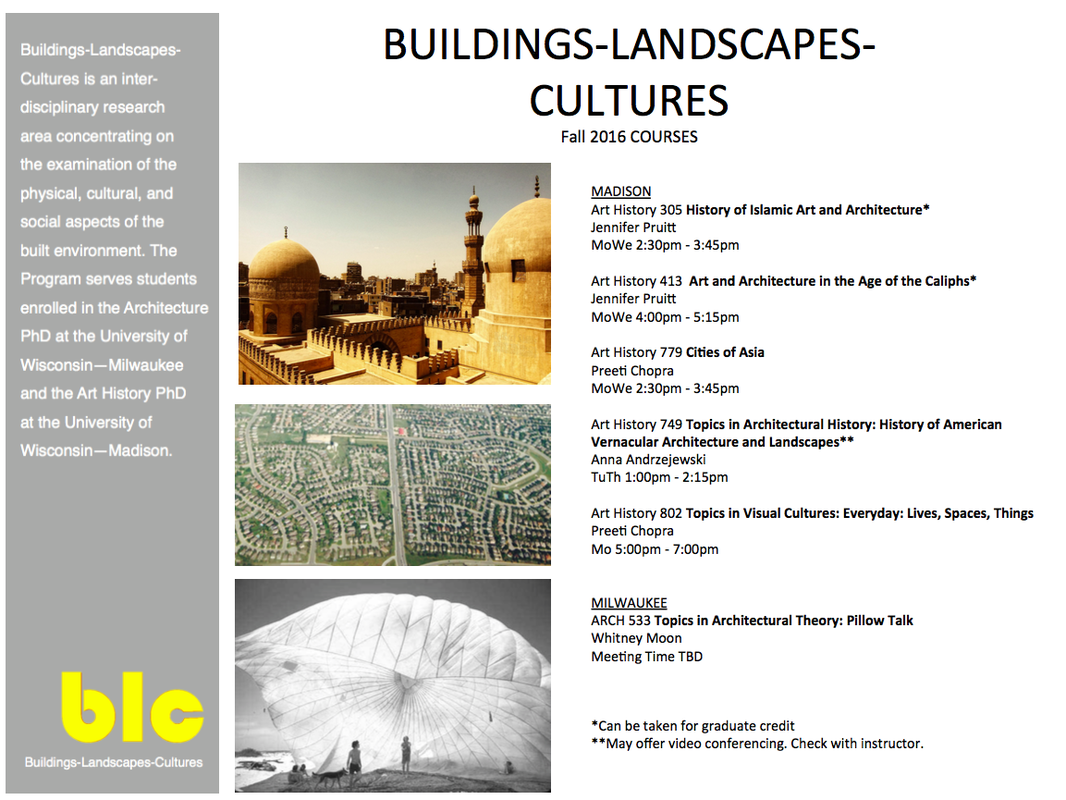
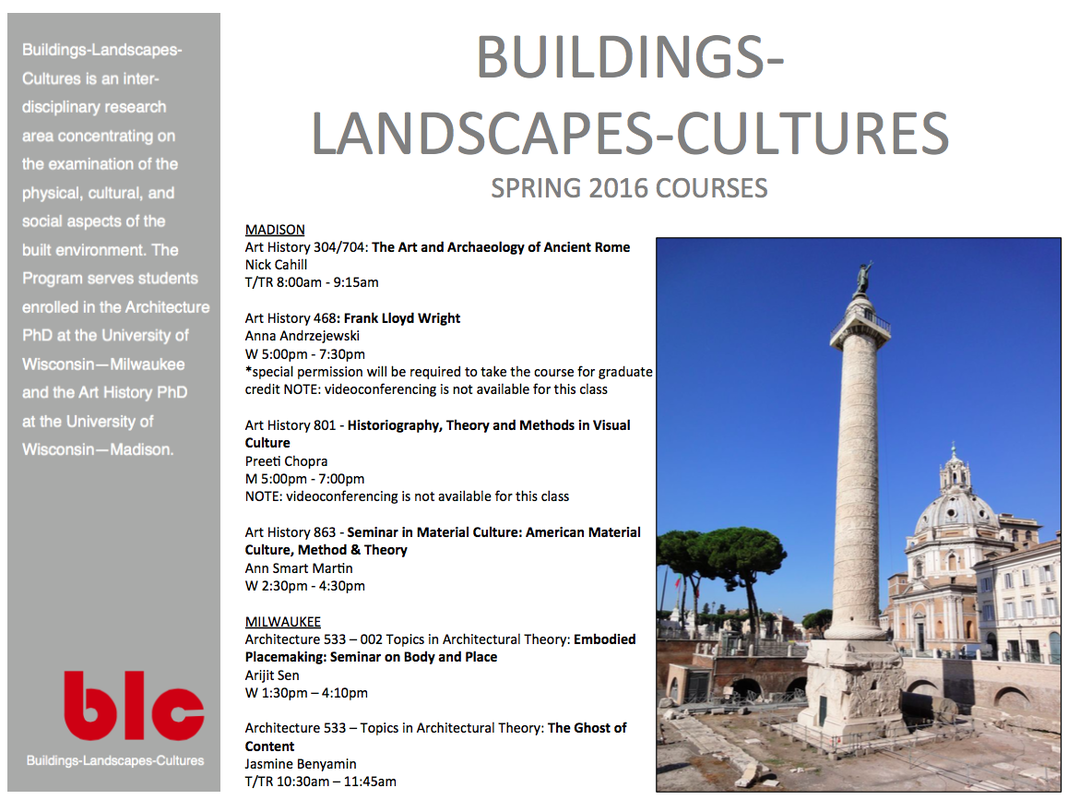
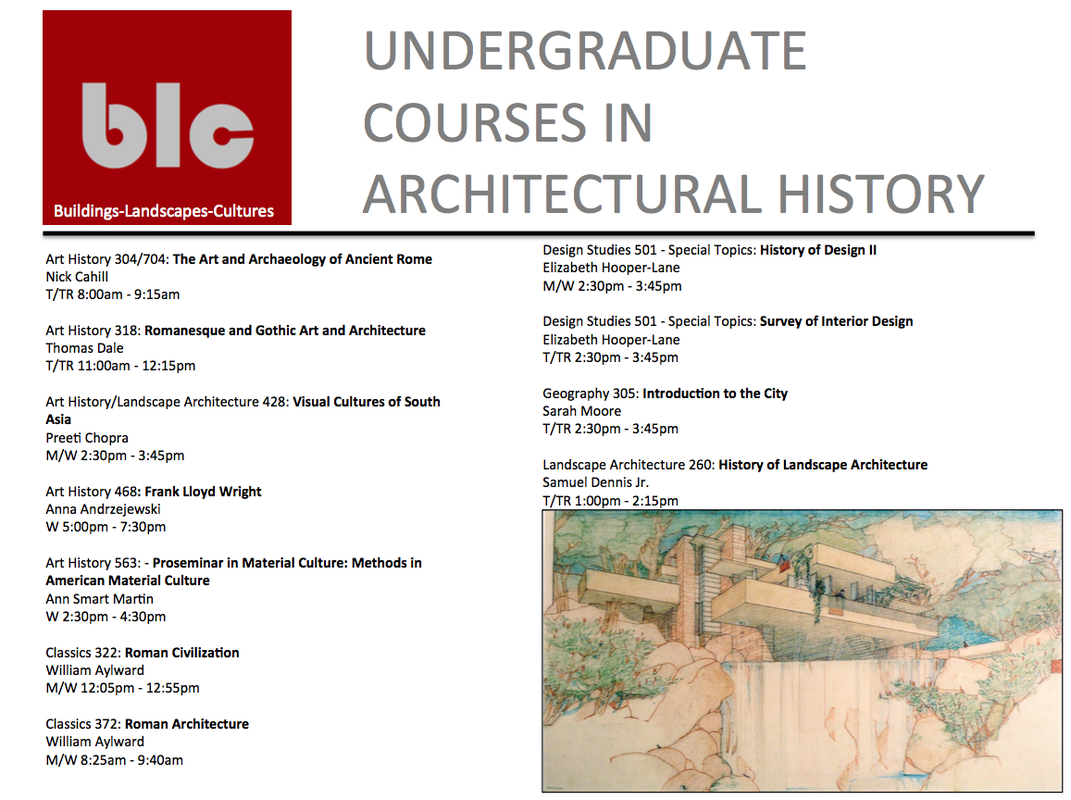
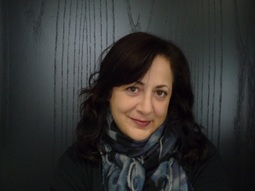
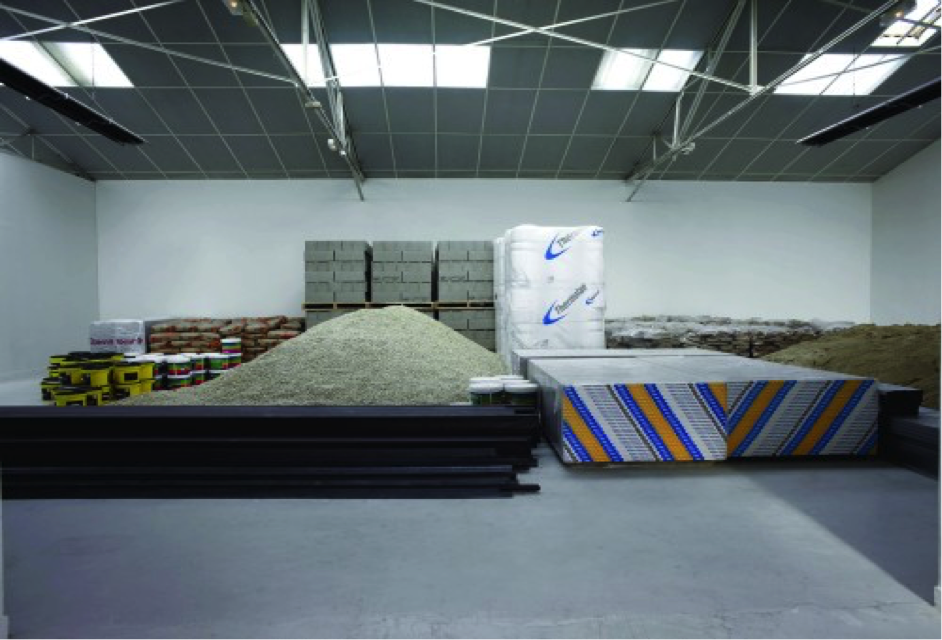
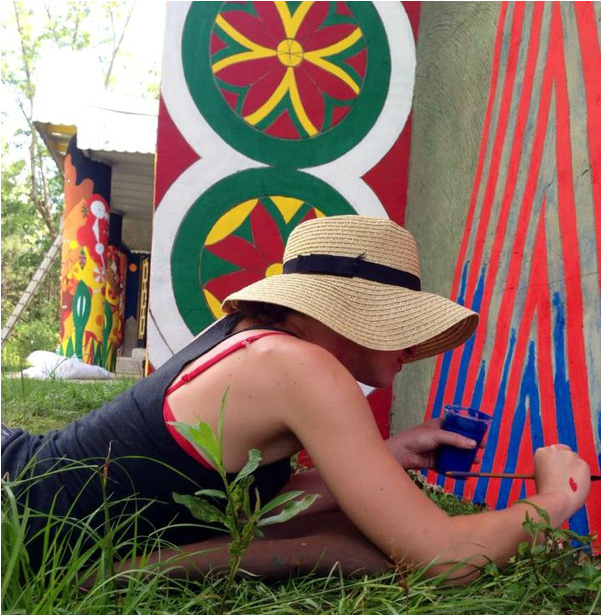
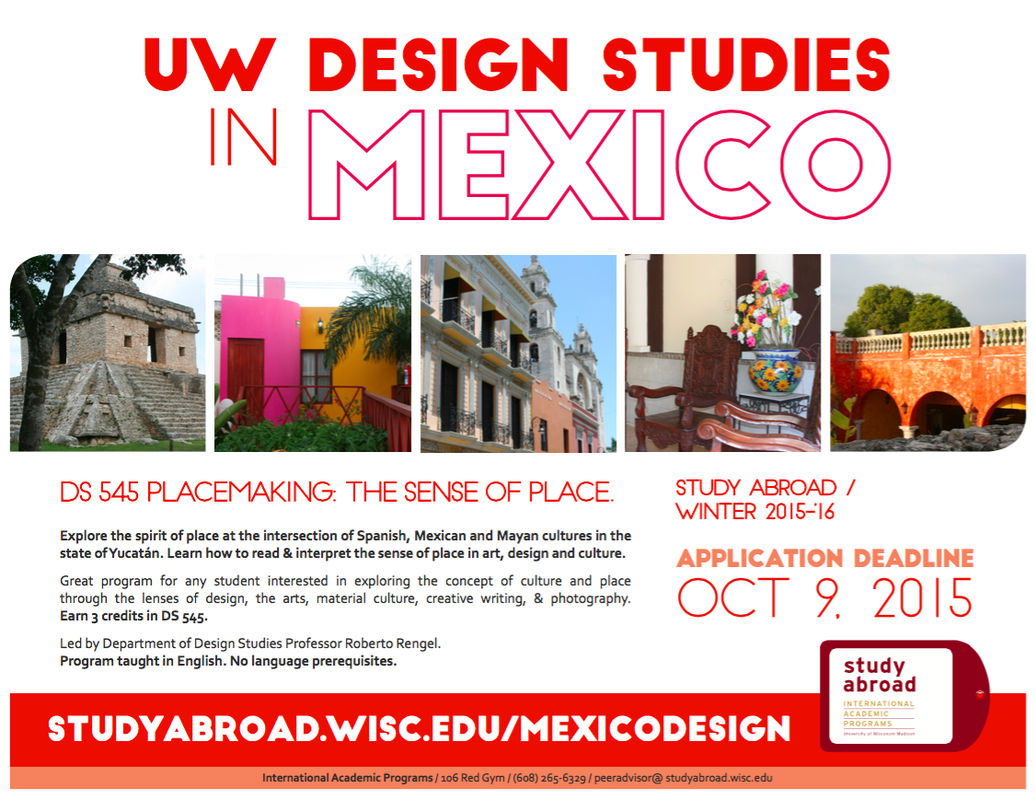

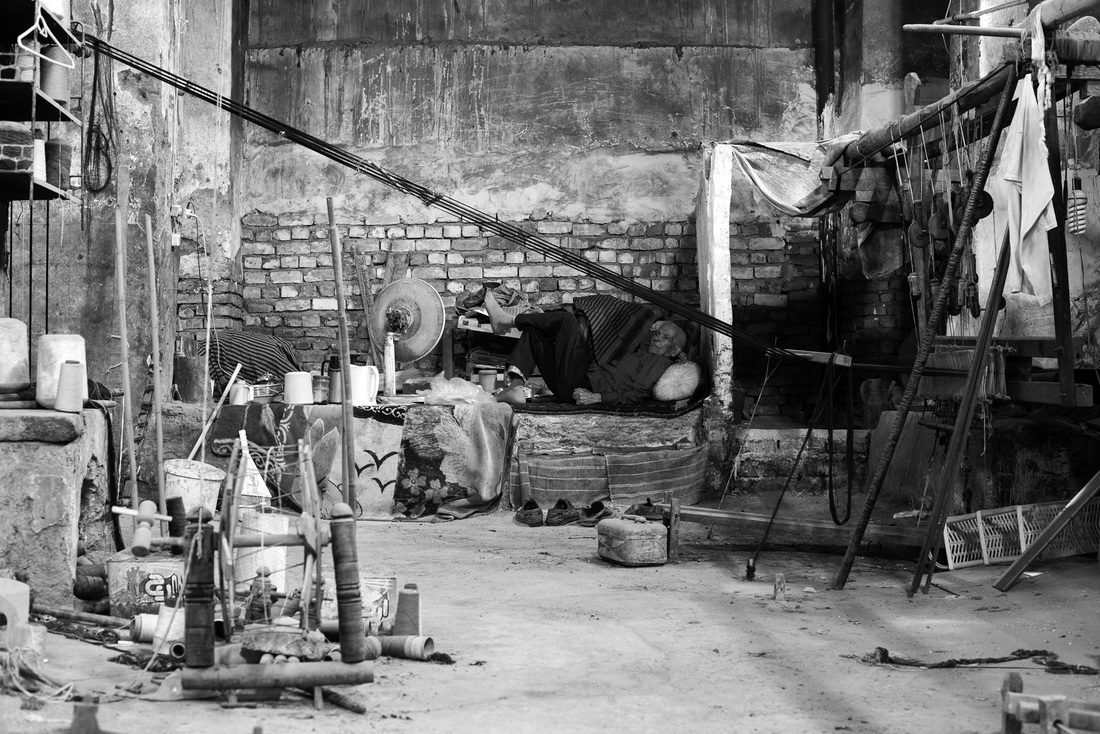
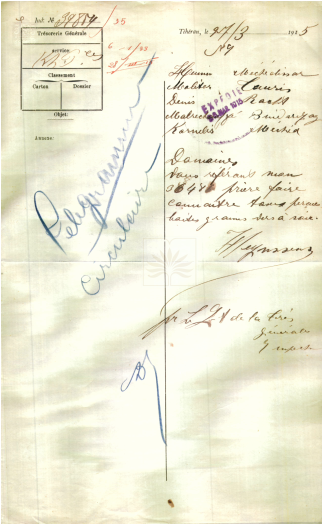
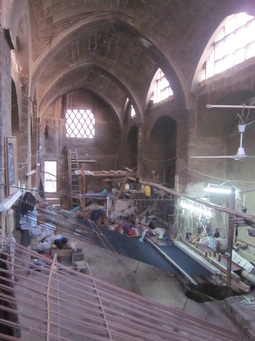
 RSS Feed
RSS Feed
